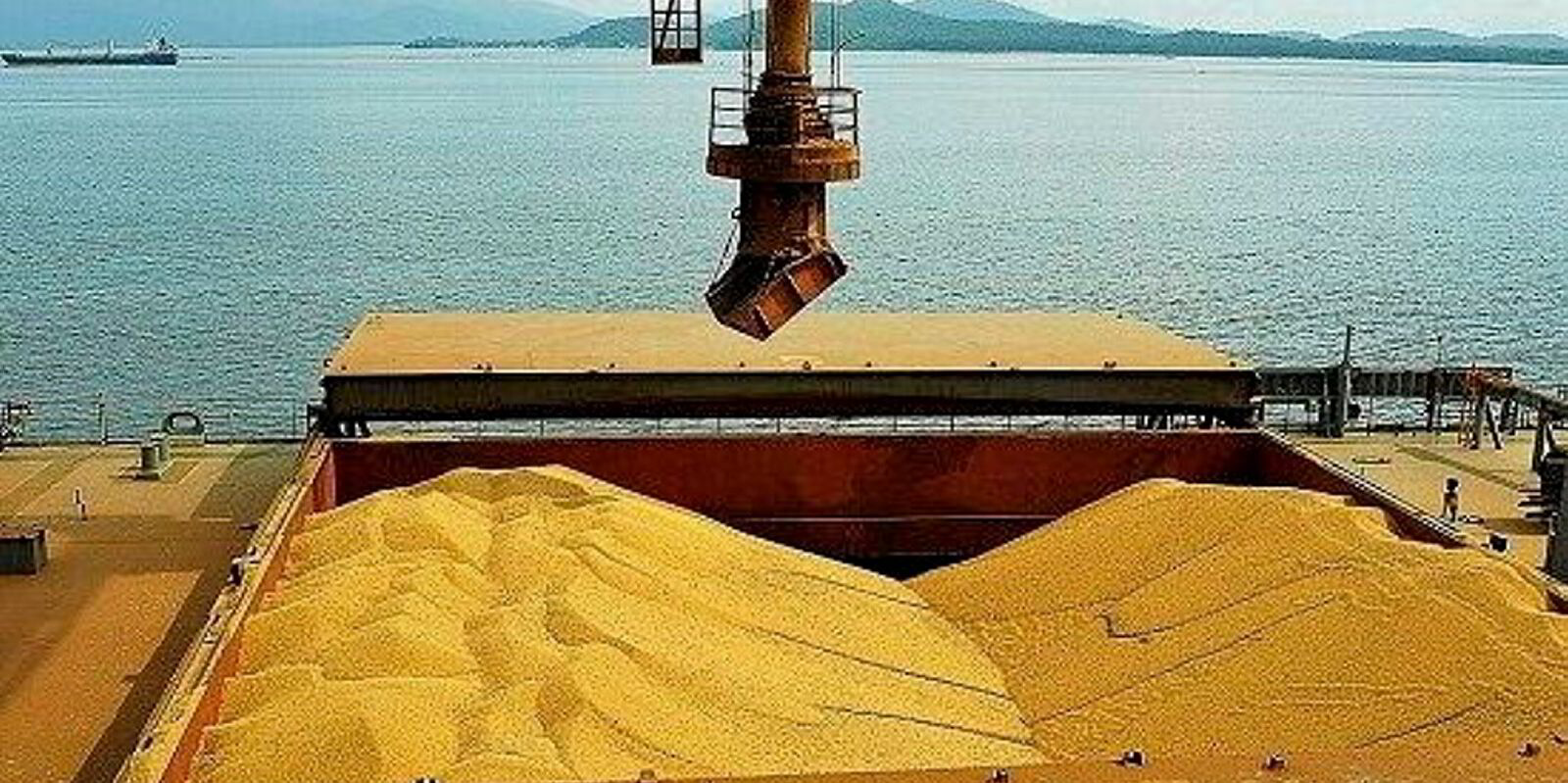Forget about how El Nino and La Nina may affect dry cargo exports — the relationship with trade volumes and freight rates is minimal, Arrow Shipbroking says.
Market watchers should take a more comprehensive look at weather forecasts for later this year and take a wider view of the myriad factors affecting dry commodity exports, the shipbroking’s research team said in a note on Wednesday.
Arrow’s research team, headed by Burak Cetinok, wrote: “Commentary about La Nina and El Nino has become widespread over the past few years, but we feel this interest is largely misplaced. La Nina and El Nino have become almost a red herring.”
Latest forecasts from US weather agency NOAA predict a 70% chance that La Nina conditions will form between August and October and 79% chance from November to January.
The El Nino phase of the El Nino-Southern Oscillation (ENSO) weather cycle warms the Pacific Ocean and La Nina cools it, changing weather patterns around the world and the derived demand for dry-cargo shipping.
La Nina is typically good for grain production because it brings increased rainfall, while El Nino is good for coal production because it causes hotter, drier weather.
But do not blow the implications for shipping out of proportion, Arrow advised.
“Our modelling reveals that ENSO cycles have observable effects on key commodity producing regions around the world,” the note said.
“La Nina events tend to have a marginally positive impact on iron ore and minor bulk volumes, and a small negative effect on coal and grain volumes.”
But Arrow said that the net effects of La Nina on dry bulk exports are “negligible”.
“Innumerable factors influencing commodity demand, existing stockpile buffers, and general randomness all play a much more commanding role for commodity trades,” the team said in the note.
Arrow recommended that market watchers look at comprehensive weather forecasts for insights.
“If you want to predict the weather, look at a forecast by the experts,” the team said.
Coal and iron ore
Analysis by Arrow found only a weak correlation between the intensity of El Nino or La Nina and how it broadly correlates with rainfall in eastern Australia, the country’s coal and grain export centre.
The research shows that a more intense El Nino phase is bad for the country’s grain exports and is good for coal volumes, but Arrow found only a “weak but observable” correlation.
The same was true when Arrow analysed Indonesian coal exports, finding “little quantifiable impact from ENSO”.
Western Australia, the country’s iron ore heartland, is vulnerable to cyclones that can disrupt port operations and that occur more frequently during the La Nina phase.
“But as direct cyclone hits on key ports in the region are quite rare, the typical impact from ENSO on Australian iron ore exports is negligible,” Arrow said in its report, which reviewed storm data since 1950.
When it studied Brazilian iron ore, Arrow said it did not find any “statistically significant” relationship between ENSO weather cycles and the country’s iron ore exports between 1950 and this year.
This comes in spite of the fact that increased rainfall influenced by La Nina is unfavourable for iron ore mining in Brazil, especially in the south-east of the country where activity is focused.
Grain and bauxite
Arrow’s analysis found a “mixed” impact from ENSO on grain production in South America and the US.
“Regarding trade flows, we observe that El Nino typically supports South American exports, with the opposite being true for La Nina,” the report said.
“We see the reverse relationship with US grain exports, which we suspect is due to grain buyers switching origins when the South American crop has a surplus/deficit.”
La Nina brings more rainfall in northern Brazil and a mix of weather in its interior regions, but it also brings drier weather in the grain belt of southern Brazil and in Argentina.
Similarly, Arrow was unable to find a clear net impact of ENSO on US crop production because of the mixture of effects across the country.
Neither was Arrow able to discern any clear conclusions about how ENSO has affected, or will affect, Guinean bauxite exports, due to a lack of available records and conflicting extant evidence.
The effects of the El Nino-Southern Oscillation on Chinese commodity demand are also a mixed picture, given that the weather system can affect rainfall in key hydropower-producing regions in differing ways.
Arrow’s analysis found that La Nina is broadly more positive for Chinese coal demand as air conditioning during warmer summers requires more electricity, as does heating during colder winters.
“However, with imports a fraction of total Chinese coal consumption, other factors such as domestic coal production and renewables generation likely play a far greater role,” the report said.






